Freshly roasted coffee beans are the key to brewing a perfect cup of coffee. The roasting process enhances the flavor and aroma of the beans, ensuring a rich coffee experience.
Explore different brewing methods like pour-over, French press, and espresso to discover your favourite brew. Optimize your brewing technique by experimenting with grind size, coffee-to-water ratio, and extraction time.
We will walk you through 7 Tips for Freshly Roasted Coffee Beans and Brewing Techniques at home. From selecting and storing the right beans properly to grinding techniques and brewing methods, we’ve got you covered.
Plus, we’ll highlight common mistakes to avoid and offer additional tips for achieving the perfect cup of coffee every time. Get ready to elevate your coffee experience with our ultimate brewing techniques guide.

7 Tips For Freshly Roasted Coffee Beans And Brewing Techniques At Home
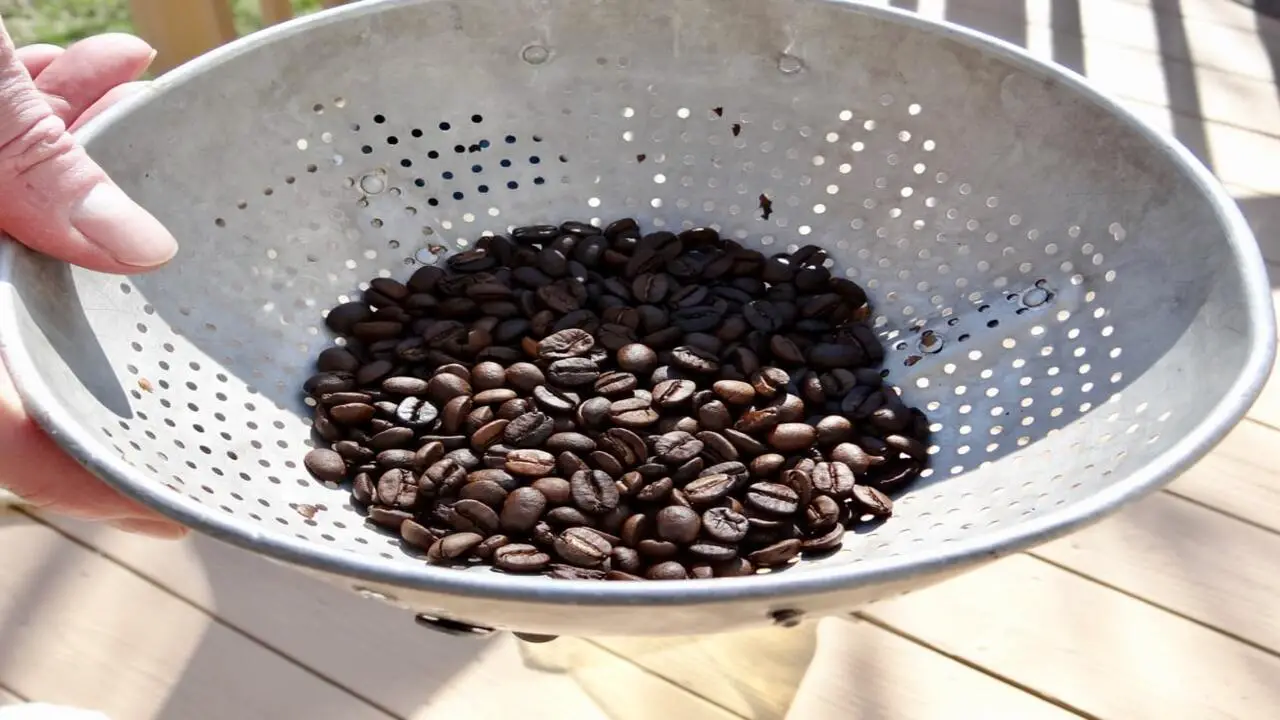
Regarding to brewing delicious coffee at home, it’s important to follow a few key tips. Always buy freshly roasted, whole bean coffee from a reputable source. This ensures that you have the highest quality beans with maximum freshness. Properly storing your beans in an airtight container away from heat, light, and moisture is also important in maintaining their flavor. Here are 7 Tips for Freshly Roasted Coffee Beans and Brewing Techniques at home.
1. Buy Freshly Roasted, Whole-Bean Coffee
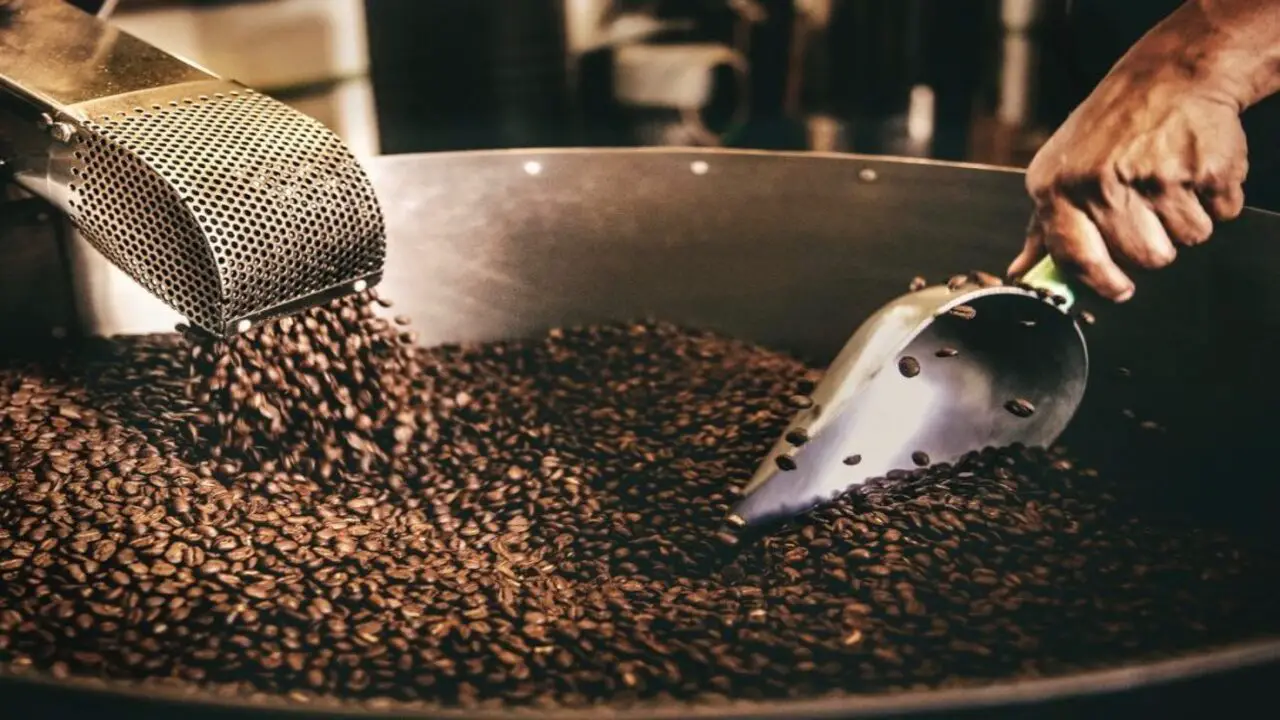
To achieve a flavorful cup of coffee, buying freshly roasted, whole-bean coffee is crucial. This ensures you get the best flavors and aromas in your brew. After buying, store the coffee beans in an airtight container away from light, heat, and moisture. This helps to maintain their freshness and extends their shelf life.
When you’re ready to brew, grind the beans just before you start. This preserves the flavors and prevents them from going stale. The right water-to-coffee ratio is vital for achieving a balanced and flavorful cup.
Experiment with different brewing methods, such as pour-over, French press, or espresso, to find your preferred taste profile. You can try adjusting the grind size, water temperature, and brewing time to customize the flavor of your coffee according to your liking.
2. Store The Beans Properly
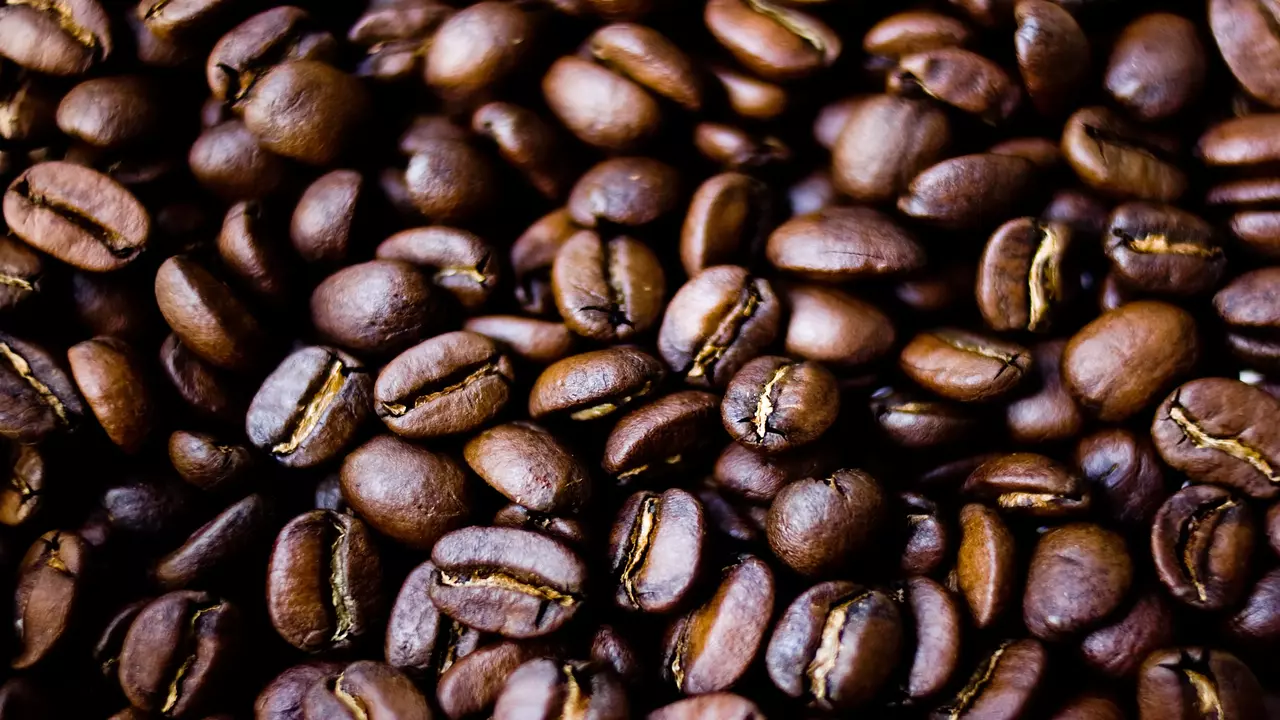
Proper storage of freshly roasted coffee beans is essential for preserving their flavor and aroma. To keep your beans fresh for as long as possible, it’s important to store them in an airtight container away from heat, light, and moisture. A good option is to use a resealable bag with a one-way valve that allows carbon dioxide to escape while preventing oxygen from entering.
This will help maintain the beans’ freshness by preventing them from being exposed to the elements that can cause them to degrade more quickly. It’s also best to avoid storing your coffee beans in the refrigerator or freezer, as these environments can introduce moisture and affect the taste of the beans.
3. Grind The Coffee Beans When You’re Ready To Brew
Grinding your coffee beans properly is crucial when brewing the perfect cup of coffee. When you’re ready to brew, use a burr grinder for consistent grind size, allowing for optimal extraction of flavors. Whether you prefer pour-over, French press, or espresso, adjusting the grind size based on your brewing method is essential.
Store your freshly roasted coffee beans in an airtight container to maintain their freshness and aroma. Experiment with different brewing techniques to discover your ideal taste profile. Remember, the quality of the grind can make all the difference in achieving a delicious cup of coffee.
4. Use The Right Amount Of Ground Coffee
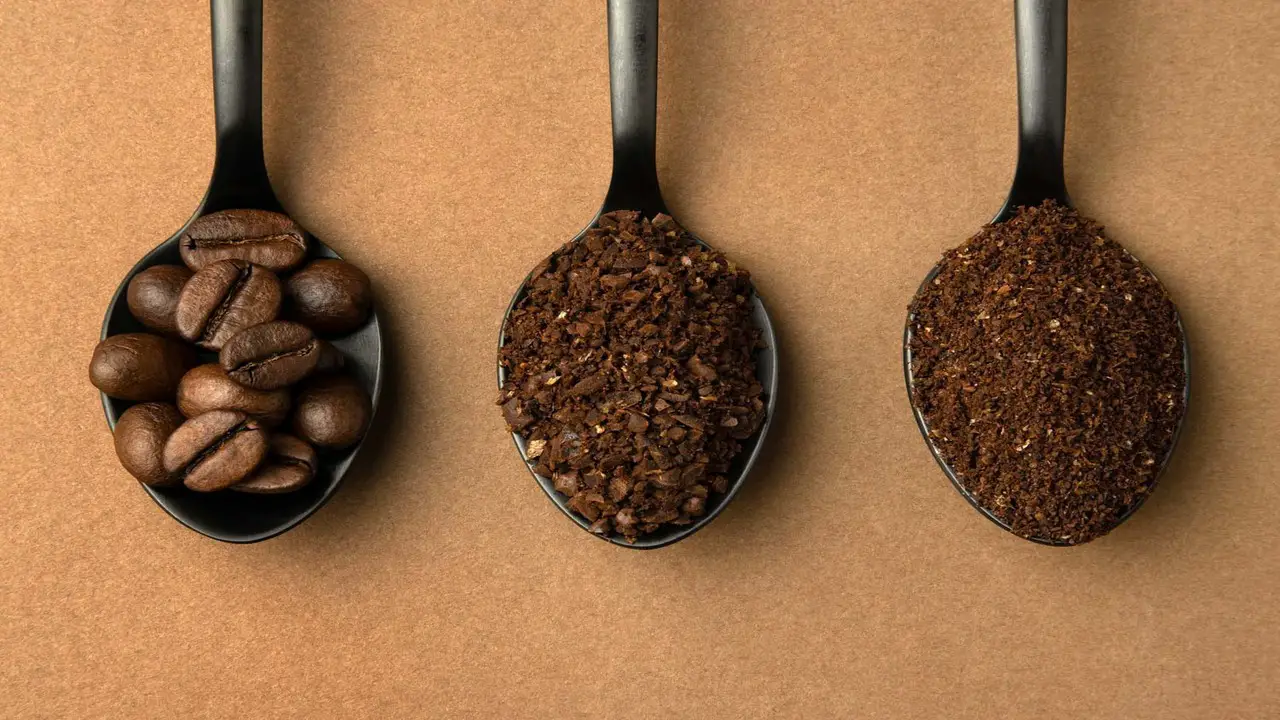
To achieve the perfect cup of coffee utilizing freshly roasted coffee beans, it is essential to use the correct amount of ground coffee. Begin by grinding your beans before brewing to preserve their freshness and aroma. Ensure you are using filtered water, which helps maintain a cleaner taste.
Aim to use 1 to 2 tablespoons of coffee per 6 ounces of water for optimal flavor, adjusting as necessary to achieve your desired strength. Don’t be afraid to experiment with various brewing methods such as pour-over, French press, or espresso to discover your favorite taste profile. Remember to carefully monitor water temperature and extraction time, as these factors greatly impact the flavor.
5. Pre-Infuse The Coffee Grounds
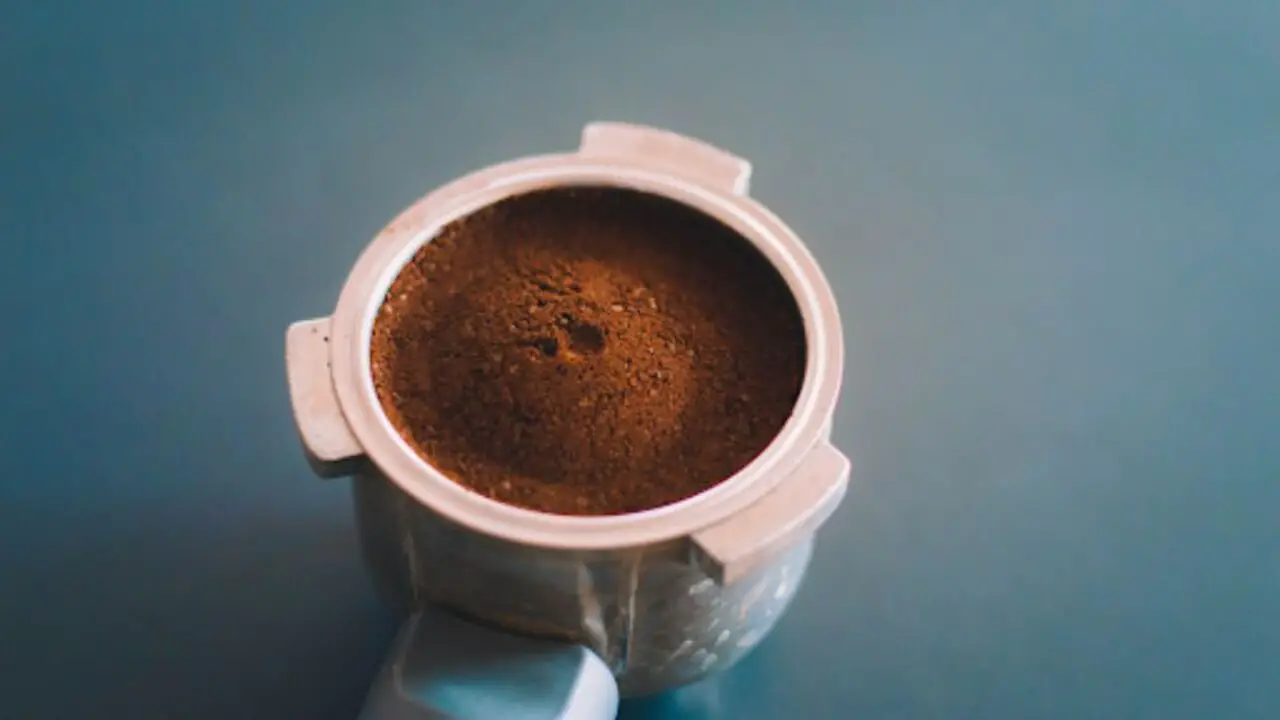
Enhance the flavor of your freshly roasted coffee beans by incorporating the pre-infusion technique into your brewing process. Begin by pouring a small amount of hot water over the coffee grounds, allowing them to bloom and release their rich flavors.
This step is essential in ensuring an even extraction and delivering a more satisfying cup of coffee. Explore various brewing methods such as pour-over or French press to determine the optimal pre-infusion time and water temperature that perfectly complements your favorite coffee profiles.
6. Don’t Use Boiling Water
Using boiling water for brewing coffee is not recommended to ensure the best taste experience. When making a fresh cup of coffee, avoiding scorching the coffee grounds and resulting in a bitter taste is crucial. Instead, precisely control the water temperature during brewing to extract the finest flavors from the freshly roasted coffee beans. Using the beans within 1-2 weeks is essential to enjoy their optimal flavor truly.
You preserve the freshness and enticing aroma by grinding the coffee beans just before brewing. Experiment with various brewing methods, such as pour-over, French press, or espresso machine, to discover your preferred taste profile.
7. Use A Good Coffee Brewing Method
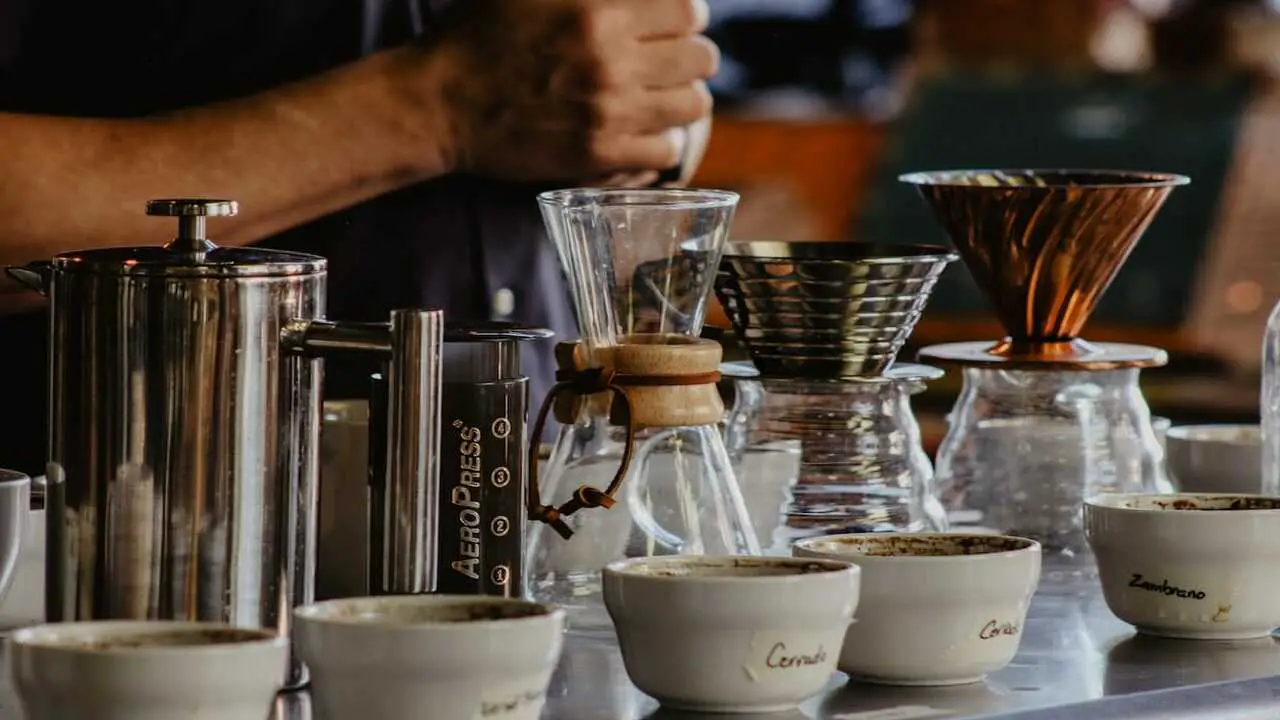
To achieve the best flavors in your cup of coffee, it’s crucial to use a good coffee brewing method. Explore various brewing methods like pour-over, French press, espresso, or cold brew to discover your favorite. Each method has its own techniques and equipment, so focus on water temperature, grind size, and brew time.
Investing in a high-quality coffee grinder, like a burr grinder, guarantees a consistent grind size while controlling the water temperature and optimizes flavor extraction. Don’t forget the choice of your brewing method can greatly enhance the taste of your freshly roasted coffee beans.
Common Mistakes To Avoid When Brewing Coffee

There are a few common mistakes that can easily be avoided when it comes to brewing coffee. One major mistake to steer clear of is using water that is either too hot or too cold. This can result in a brew that is either bitter or weak. Another mistake to avoid is not using freshly roasted coffee beans.
Opting for stale beans can lead to a less flavorful cup of coffee. Over-extracting or under-extracting the coffee grounds can also affect the taste and strength of the brew. Striking the right balance is crucial.
Additionally, using the incorrect grind size for your chosen brewing method is another mistake to dodge. Matching the grind size to the brewing method is essential to extract the best flavors. Lastly, neglecting to clean and maintain your coffee brewing equipment adequately can significantly impact the quality of your brew. Regular cleaning and maintenance will ensure that each cup of coffee is consistently enjoyable.
Tips For Achieving The Perfect Cup Of Coffee

For the ultimate coffee experience, begin with the foundation of great coffee – freshly roasted coffee beans. Allow the rich aroma and complexity of a perfectly roasted coffee bean to awaken your senses. Unlock the full potential of your beans by grinding them just before brewing, ensuring maximum freshness and flavor.
Explore the diverse world of brewing methods, such as pour-over, French press, or the timeless art of espresso-making. Each method offers its own unique charm and technique, allowing you to uncover your sweet spot for the perfect cup of coffee. Remember to pay attention to the finer details, such as water-to-coffee ratio, water temperature, and brew time, for a precise and delightful brew. As you embark on this flavor journey, embrace the process, enjoy the moment, and savor every sip.
Conclusion
In the world of coffee enthusiasts, there is nothing quite like the experience of brewing a cup of coffee using freshly roasted beans. Brewing techniques are crucial in extracting the best flavors from freshly roasted coffee beans. By following these tips and techniques on Freshly Roasted Coffee Beans and Brewing Techniques, you can elevate your coffee experience and enjoy a perfect cup every time.
Remember to start with high-quality, freshly roasted whole-bean coffee, store it properly, grind it just before brewing, and use the correct coffee grounds. Pre-infusing the grounds, using the right water temperature, and choosing a suitable brewing method are also essential. Avoid common mistakes like using boiling water or rushing the brewing process.
Frequently Asked Questions
1.Can You Brew Freshly Roasted Coffee Beans?
Ans: Yes, brewing freshly roasted coffee beans is possible. Brewing them within 3-14 days after roasting is recommended for the best flavor. Grind the beans just before brewing to preserve freshness. Feel free to explore different brewing techniques to find your preferred taste.
2.How Long To Wait After Roasting Coffee Before Brewing?
Ans: It is typically advised to wait 24 to 48 hours after roasting coffee beans before brewing to allow for degassing and better flavor. However, some prefer waiting up to 7 days for optimal taste. Experiment with different waiting times to find your desired flavor profile.
3.How Do You Use Freshly Roasted Coffee?
Ans: For best results, let the freshly roasted coffee beans rest for 24-48 hours to degas before brewing. Grind them right before brewing to preserve freshness and flavor. Use a coffee-to-water ratio of 1:16 or 1:17 for a well-balanced cup.
4.Is It Better To Grind Coffee Beans Right Before Brewing?
Ans: Yes, it is generally recommended to grind coffee beans right before brewing. Grinding releases the flavors and aromas that diminish with time. Pre-ground coffee loses freshness and can result in a less flavorful cup. A good burr grinder ensures a consistent grind size for optimal extraction.
5.How To Roast Coffee Beans At Home?
Ans: To roast coffee beans at home, preheat your oven to 450°F (232°C), spread the beans on a baking sheet, and roast for 10-15 minutes while stirring. Monitor the color and aroma to achieve your desired roast level.

I’m a writer and blogger who loves to talk about entertainment, culture, and relationships. I love to share my thoughts and insights on these topics, and I’m always looking for new ways to engage with my readers. I’m also a big fan of learning new things, so I’m always exploring new areas of interest.
